Before I begin, if you are like me, you will still have lots of last minute Christmas shopping to do (if you celebrate Xmas). To make your life easier, why not give your friends and family a gift subscription to this newsletter. Or just treat yourself to one. Remember:
Your subscription doesn’t just protect you, it protects all those around you as well; and
It will stop you reading MSM news and transmitting it to others.*
*disclaimer - I haven’t actually trialled these claims but The Science agrees with me.
Today, 21st December, is the Winter Solstice in the northern hemisphere, the beginning of astronomical winter and the shortest day in the year. From here we can look forward to more and more daylight until the longest day occurs on the summer solstice in June.
But what exactly is the winter solstice?
The word solstice is a combination of two Latin words - ‘sol’ meaning sun and ‘sistere’ which means to stand still. The sun gets to its most southerly point and appears to stand still before moving upwards again (the lowest arc in the picture below).
For approximately three days, the sun appears to remain stationary in the sky before beginning its journey upwards again. Since ancient times this stationary sun represented death before its rebirth as it began moving up again. Many don’t think it is a coincidence that we celebrate Christmas around this time, with Jesus said to have died before being reborn after three days.
Thousands of years ago Scandinavian countries used to celebrate the Feast of Juul (Yule) on this day, burning a Yule log to symbolise the sun’s power.
If you observe the sun at the same location and at the same time of day throughout the year, an interesting pattern forms, the analemma. The analemma looks like a number 8 or an infinity symbol and occurs due to the Earth’s tilt and orbital eccentricity.
The highest point on the analemma is the summer solstice and the lowest point the winter solstice.
Everyone knows where the equator is and you probably remember learning about the Tropics of Cancer and Capricorn when at school. The sun shines directly on the Tropic of Cancer on the summer solstice and over the Tropic of Capricorn, today, on the winter solstice.
Since ancient times, monuments all around the world have been erected to observe and track this amazing phenomenon. One of the most famous of those is Stonehenge, located in south-west England. It is estimated to have been built around 5,000 years ago but evidence of 10,000 year old postholes can be seen nearby.
Go further north and in Scotland you can find the Maeshowe Neolithic chambered cairn.
Built around 2,800 BC, its inner chambers are lit up by the setting sun on the winter solstice.
Across the Irish sea is another 5,000 year old monument called Newgrange.
As the sun rises on the winter solstice, it shoots down a long passage, illuminating a triple spiral carving in the inner chamber for around 17 minutes.
Over in Europe, Germany has an even older structure at almost 7,000 years old. The Goseck Circle, which was only re-discovered in 1991, consists of a number of concentric circles. On the winter solstice, the sun can be observed rising through the south-eastern gate and setting through the south-western gate. Due to the gates getting progressively smaller, the sun’s rays appear more focussed the closer to the centre you stand.
A recently discovered 4,000 year old tomb in Egypt may be the oldest of its kind aligned to the winter solstice. Located in Aswan, the necropolis of Qubbet el-Hawa is flooded with sunlight to symbolise the sun’s victory over darkness.
With sun worship being so prevalent in ancient Egypt, there are many temples aligned with the solstice. Karnak Temple in Luxor is a great example in which to observe the rising sun.
With Substack telling me this post is getting too long for some email accounts, I will stop adding pictures of ancient monuments aligned with the winter solstice.
There are numerous others in the southern hemisphere (Machu Piccu being one of the most famous) but these take place on 21 June whilst the northern hemisphere is experiencing its summer solstice.
Happy Winter Solstice!




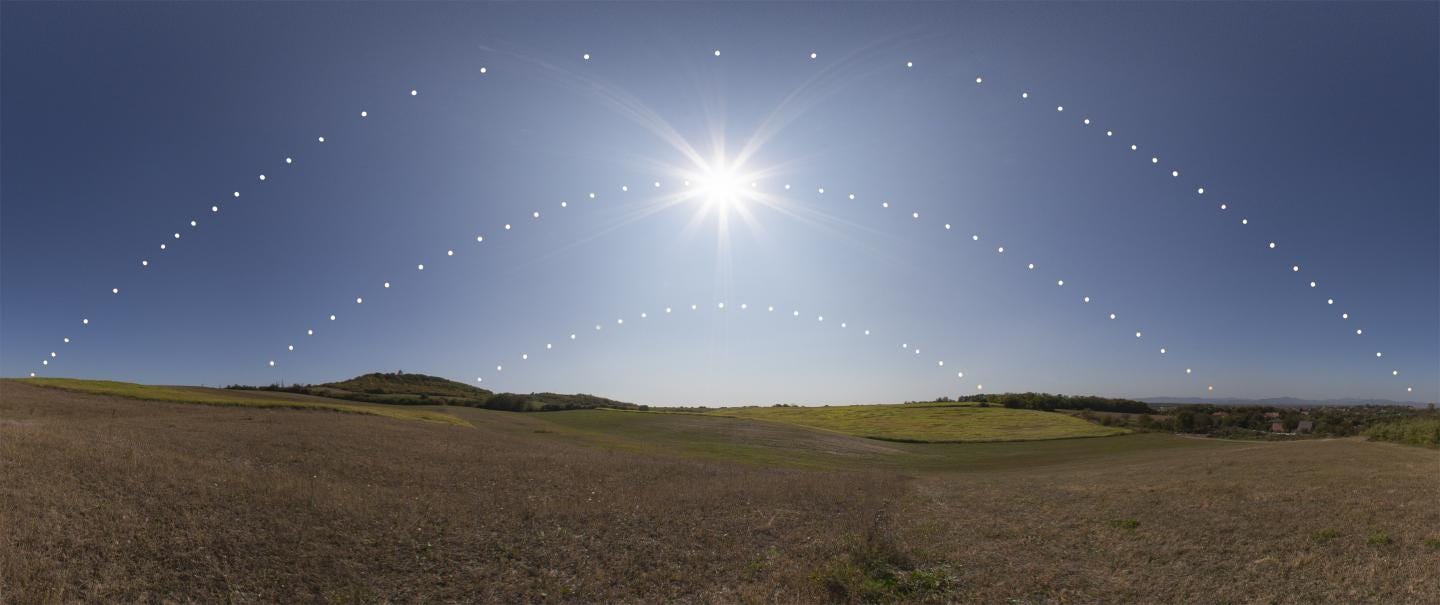
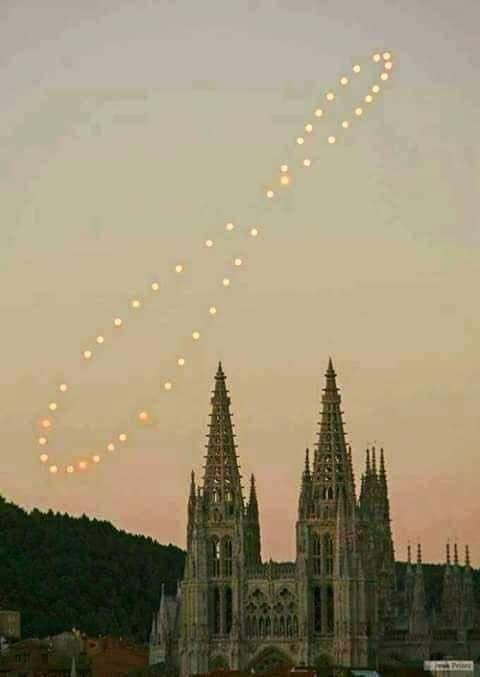

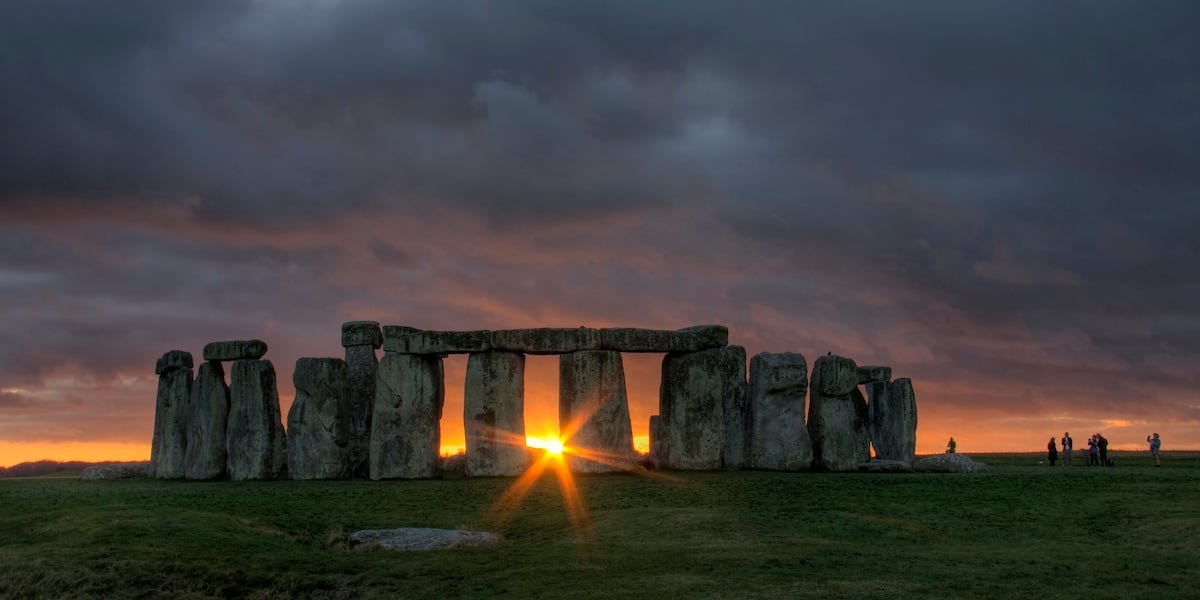
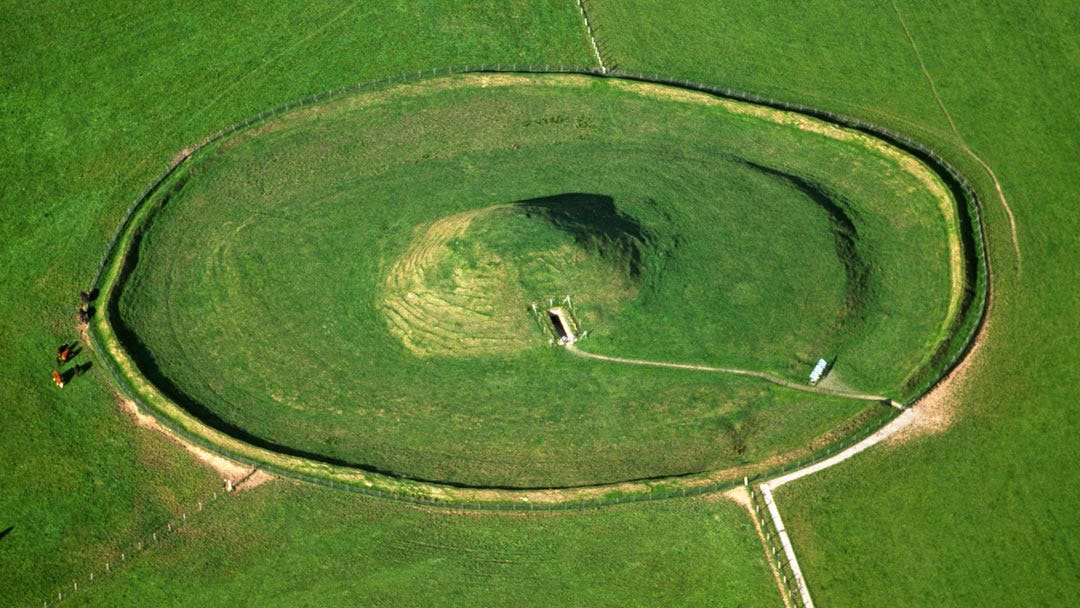
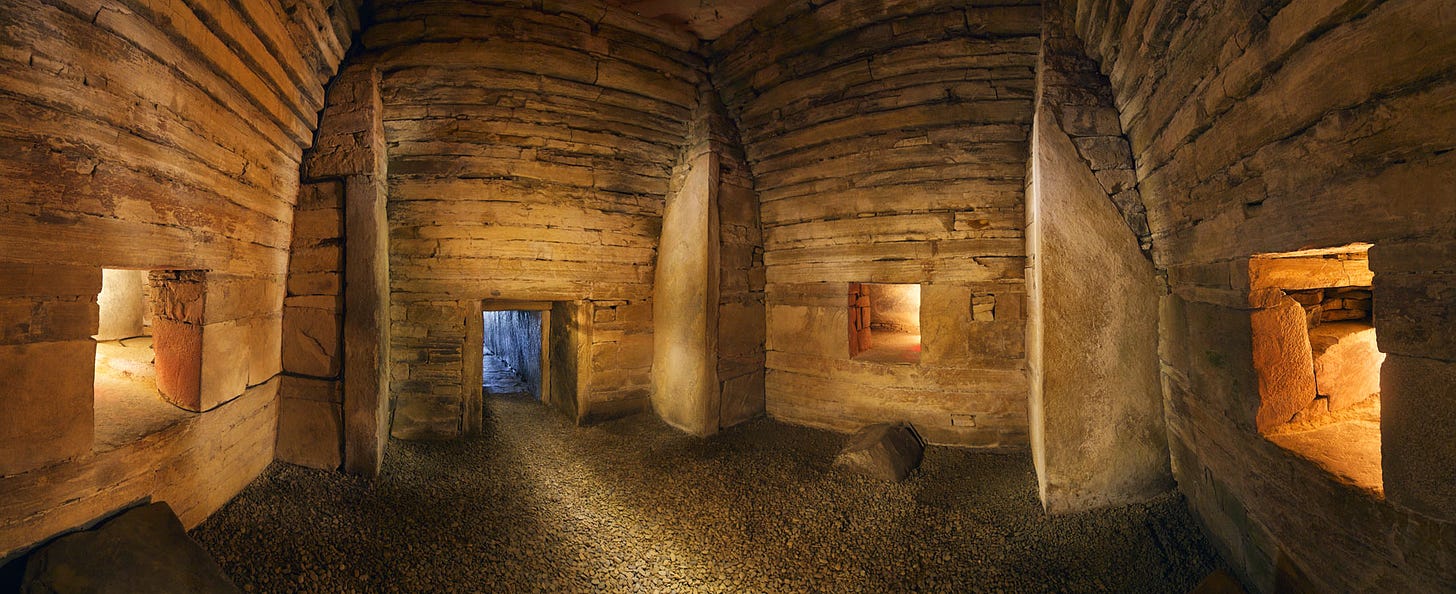
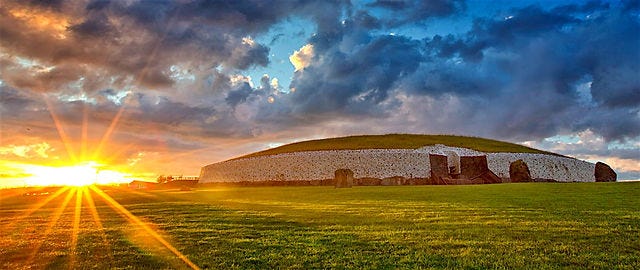
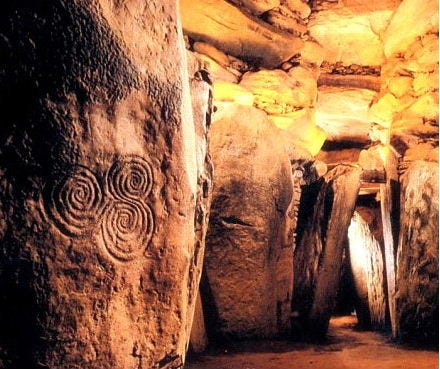
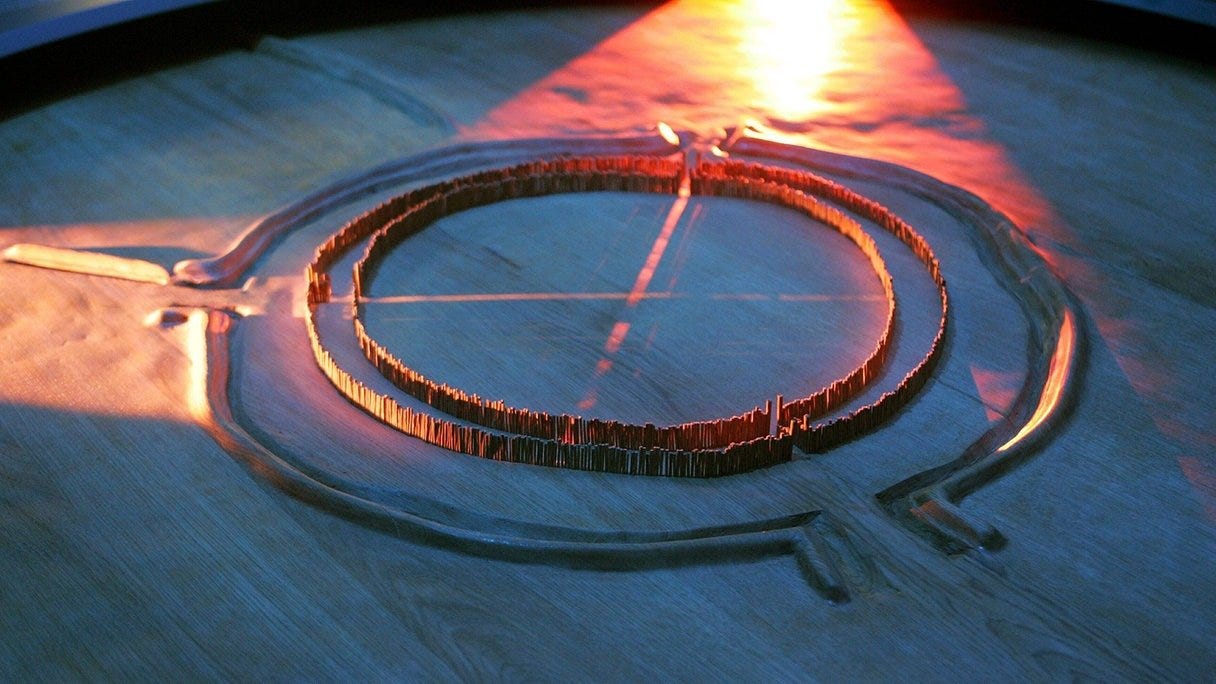
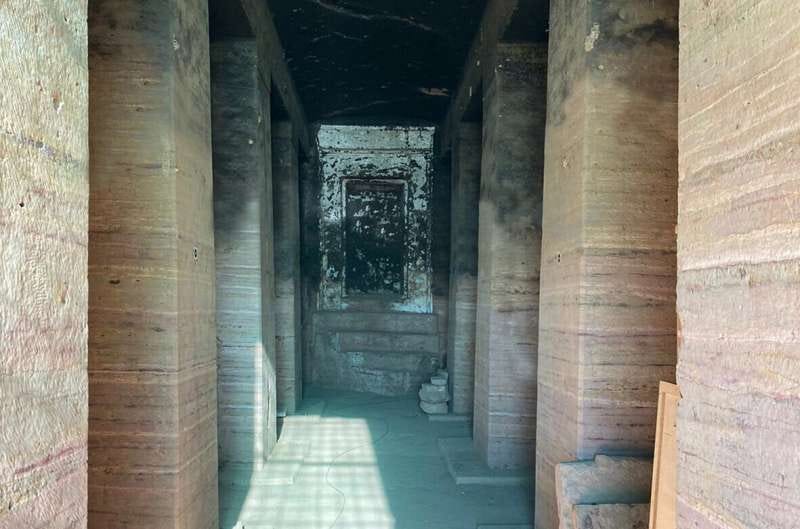
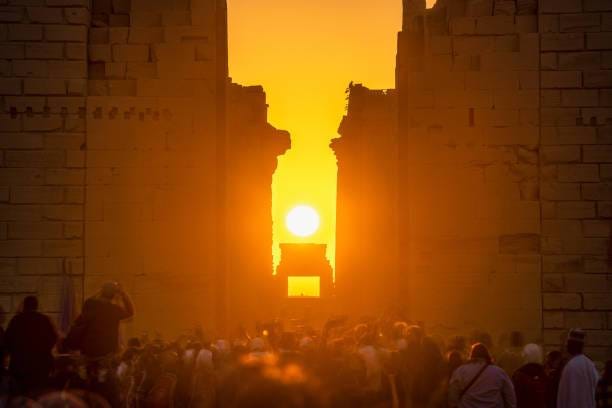
I always appreciate your periodic departures from covid news to share interesting history-related essays or nature photographs. I enjoyed the engaging photos and insightful commentary here. Thank you for reminding of us of the wonders of the world!
I can’t thank you enough for being able to share this light with us. Too many who are pulling back the veil on darkness are consumed by it. Yes there is darkness. But I know humans and nature are capable of so much light. Blessings! 💚